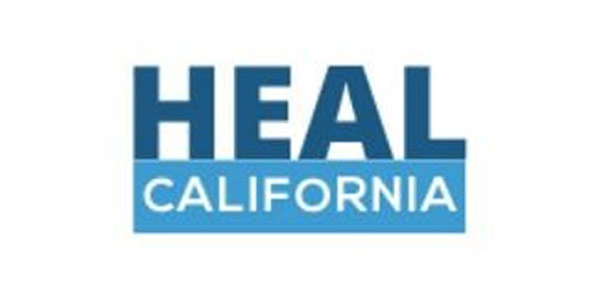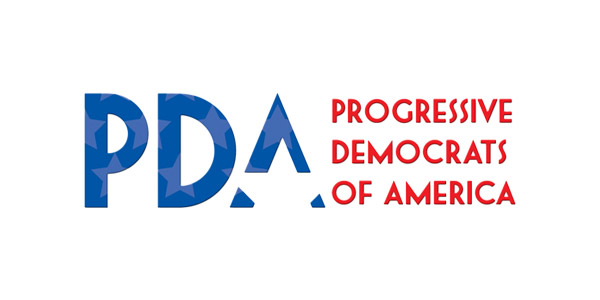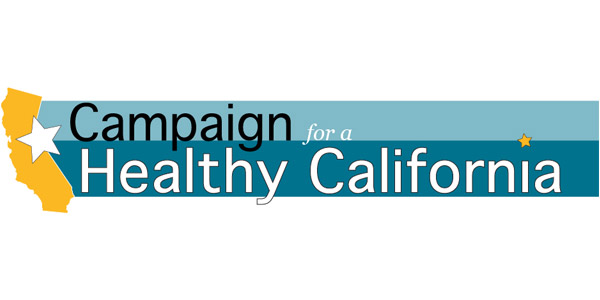
7 Ways the Affordable Care Act May Shift Costs to Patients
 The burden of cutting costs is on patients, not corporate healthcare profiteering.
The burden of cutting costs is on patients, not corporate healthcare profiteering.
by Karen Higgins, National Nurses United
With the one-year anniversary of the Supreme Court ruling upholding the Affordable Care Act near, it’s time to ask if the decision to put the burden of cutting costs on patients, not corporate healthcare profiteering, is the fatal flaw in the plan.
The law’s tepid cost control measures targeted at healthcare spending that is gobbling up an increasing percentage of the economy and pricing more people than ever out of access to care have been widely viewed as the ACA’s biggest pitfall.
But from the outset, the Obama administration dismissed the most effective means to reduce costs by a) refusing to consider a single payer alternative that combines genuine universal coverage not based on ability to pay with global budgeting, b) rejecting a proposal to authorize the federal government to negotiate bulk purchasing (a concession to the drug companies), and c) failing to regulate price gouging by hospitals, drug companies, insurers and other healthcare corporations.
Those fateful decisions left only one option for significant reduction of overall health expenditures – saving money in the delivery of care by shifting costs to those who use health services and discouraging them from getting care even if they have insurance.

Perhaps that’s not surprising given the decision to craft the ACA in concert with pharmaceutical, insurance, hospital, and Chamber of Commerce lobbyists, and, as recently reported, top Wall Street investment firms and hedge fund executives.
Here are several ways the ACA shifts the hardship of cost cutting to those who need care, and promotes delivery models that result in limiting care, even among those with health insurance.
1. What they’re not telling us about the exchanges
The ACA health exchanges are marketplaces set up to enable the uninsured who the law requires to buy private insurance or pay a financial penalty to choose among competing private insurance and qualify for a federal subsidy to cover some of the costs.
But premiums, deductibles, co-pays and other fees can run to thousands of dollars. Even in the cheapest plans buyers are expected to pay 40 percent of the cost. Subsides may not make these plans “affordable.”
Many younger, healthier people are likely to select the cheapest plan, one outside the exchange with fewer covered services, or just go without coverage entirely and pay the fine.
Further, small businesses can buy coverage for employees through the exchanges, but the premium and co-pay subsidies will not cover family dependents, a huge hole that will leave many uncovered.
Insurers offering lower rates the first year in hopes of acquiring many new customers are likely to raise rates later, as has occurred in Massachusetts, the model for the ACA. A recent study in the journal Health Affairs found that 38 percent of families buying plans through the Massachusetts exchange reported a financial burden and 45 percent said costs were higher than they had expected.
2. The high cost of taxing health benefits

For the first time, the law will tax health benefits beginning in 2018 through the misnamed “Cadillac tax” a 40 percent excise tax on comprehensive health plans. The inevitable result will be fewer employers offering good health benefits, and far more people pushed into skeletal, high deductible plans with far less coverage and much higher out-of-pocket costs. The New York Times just reported that 17 percent of employers this year are stepping up cost shifting five years before the tax goes into effect.
3. An incentive to employers to cut coverage or full-time jobs
Under the ACA employers with 50 workers or more must offer coverage to full time employees or pay a fine, but not to part-timers. Nurses and other workers are increasingly in battles with employers who are demanding elimination of coverage for part time employees, citing the ACA as their pretext. Regal Entertainment, Papa John’s and other companies are reducing workers’ hours to under 30 per week.
4. The wellness scam
“Wellness” programs that enable businesses to transfer more healthcare costs to workers with “unhealthy” factors like smoking or high blood pressure or cholesterol levels are rapidly spreading, actively encouraged by the ACA which offers premium discounts to participating employees. However, health disorders are as likely to derive from chronic or genetic conditions as “life style choices” and economic factors which have a disproportionate impact on the poor.
The cost reductions also fall far short of the hype. The federal government apparently buried a report it mandated for the ACA from the Rand Corporation on wellness programs which showed the overall savings are, at best, modest.
The programs make insurance unaffordable for some workers, and “keep the sickest workers from affording the care they need,” said Alan Balch, vice president of the Preventive Health Partnership, an alliance of the American Cancer Society, the American Diabetes Association, and the American Heart Association.
5. Self-rationing on the rise
With its weak controls on pricing practices by the insurers and hospitals, and encouraging cost shifting and high deductible plans, the ACA provides no relief for those who postpone needed care because of the high price tag.
A survey by the Centers for Disease Control and Prevention just released in early June found that 20 percent of Americans, or 54.2 million people in 2011 said their families had difficulty paying for health care services including physician visits, hospital procedures and medications within the prior 12 months.
Among the effects, people delay getting care include less containment for the spread of infectious diseases and more people ending up in emergency rooms. ER visits as the point of entry for patients to needed healthcare have been on a big upswing, a worrisome trend for the increased pain and suffering for patients and the overall health expenditures.
6. New barriers to care
If Massachusetts is the political model of the ACA, the industry model is Kaiser Permanente by combining the roles of insurance company and medical provider with its network of hospitals and clinics.
As ACA implementation nears, Kaiser has stepped up practices once associated with the worst abuses of HMOs. These include delaying medical appointments, restricting hospital admissions, and rapid discharge of patients from the hospital care to other settings.
These include sending people home where the care burden is placed entirely on family members, or to outpatient facilities or nursing homes that have fewer regulations and fewer, typically lesser skilled, lesser paid staff where the patients receive less care than in hospitals.
Other industry giants hope to follow this path, enrolling new members who are required to buy insurance, while they are more directly able to control their expenditures for care and can more easily slash spending. The ACA encourages care cutting practices through several mechanisms, including financial penalties for hospital re-admissions, an incentive to keep people out of the hospital, and rewarding providers who divert patients to outpatient clinics.
7. A tale of the 31 million
More than 48 million people are currently uninsured. A new study in Health Affairs estimates that even after full ACA implementation up to 31 million of those will still be without coverage.
That starts with the 14 states and counting who have rejected the expansion of Medicaid, the single most important provision in the ACA for expanding healthcare access, (with the help of the Supreme Court ruling gutting the federal sanction for opting out). Others will lose their employer-sponsored coverage due to the ACA taxes on employers, the provision excluding dependent coverage for small businesses that enter the health exchanges, and all of those who will still find insurance far too costly to buy, especially in a recession that has never ended for millions of people.
Political posturing by those on the right opposed to any reform of our broken healthcare system and the bunker mentality of liberal allies of the Obama administration who for their own partisan reasons tend to gloss over serious flaws in the “legacy” law of the Obama years have obscured the reality that our healthcare crisis is far from over and in desperate need of more systemic overhaul.
Studies this year alone show the U.S. ranks last among 17 major industrial nations in life expectancy, but is ahead of the others in first-day infant mortality rates. That will not end with the ACA.
Nurses will continue to make the case for joining the community of nations with a genuinely universal national or single payer healthcare system based on individual patient need, not corporate profits.
Karen Higgins is a registered nurse and co-president of National Nurses United, the largest U.S. union and professional association of nurses.











